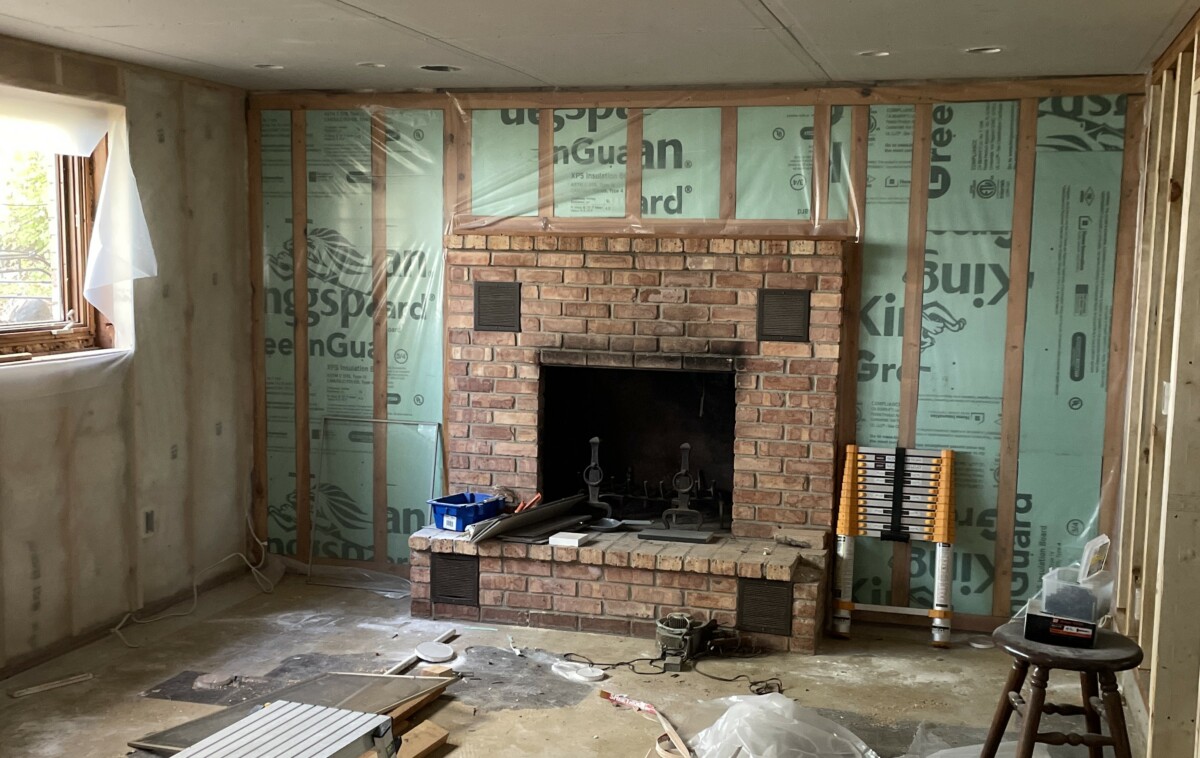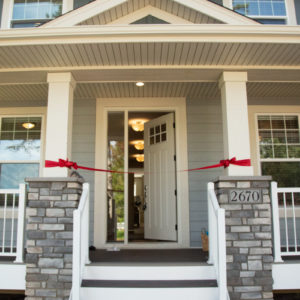By Peter Kulczyk, Green Code Knowledge
Q: We intend to install ¾-inch Tongue and Groove (T & G) wood boards on a ceiling of an existing flat roof to save head room. There is no living space (dwelling) above this area. Do we need to install a poly vapor retarder or house wrap prior to installing the interior sheetrock?
A: This is an interesting question and the answer can vary based upon if the space you are asking about is considered habitable or not. I would like to offer a couple of different answers based on two slightly different scenarios.
First, if your example is that of a detached garage with a flat roof above, then there is no requirement for insulation, vapor retarder, or sheetrock (gypsum board) on the interior side, plus there is no requirement for a house wrap (house sheathing paper) on a ceiling or roof area. An approved house wrap would only be applied to an exterior wall under a cladding material.
Second, if your example is that of an attached garage, then the answer is the same as above except that the building code requires a fire separation between the attached garage and the house. There are no requirements in an attached garage for insulation or vapor retarders.
Third, if you decided to heat this space and install wall and ceiling insulation, then you would need to install a Class I (poly) or Class II (faced fiberglass batt insulation) on the warm side of the wall and ceiling insulation. The exposed poly would need to have a flame spread rating less than 25 if left exposed unless it was covered with ½-inch regular gypsum board.
Fourth, to change it up slightly. If you decided to install a rigid foam insulation on the bottom side of the ceiling, then you would need to install at least ½-inch-thick regular gypsum board over the rigid foam prior to installing the ¾-inch T & G wood boards as the foam needs to be separated from the space.
Q: Are gutters and/or downspouts required on new homes?
A: No. Never have been required. The code addresses drainage away from the house/garage of at least 6 inches of drop in the first 10 feet away from the house but no gutters.
Q: We have heard that some sort of special bracing is needed for the tracks of overhead doors installed in new homes and that the windows in these doors also need to be impact resistant. Is this true?
A: Not in Minnesota. The International Residential Code (IRC) contains language that requires special bracing and impact-resistant glazing in regions where the basic wind speed equals or exceeds 110 miles per hour. The entire State of Minnesota is in a 90 mile per hour basic wind speed area. Keep in mind that the entire house and garage need to be designed for 90 MPH and this includes the ability of the framing around the overhead door to resist this load. The garage door installer should be placing a sticker on the overhead door to indicate that it was installed and meets ANSI/DASMA 108.
Q: Can a guardrail on a deck have horizontal components that might be considered as climbable?
A: Yes. The code has never prohibited the use of horizontal components in a guard (guardrail), it only notes the structural design loads of the components and top rail, along with the opening limitations.

















